How to Bake the Perfect Potato
A perfectly baked potato is one of life’s simplest and most satisfying pleasures. When done right, the skin turns crisp and flavorful, while the inside stays fluffy, steamy, and ready to soak up butter, sour cream, or any topping you love.
In this post, I’ll show you exactly how to make the best baked potato—no shortcuts or foil-wrapped shortcuts that leave you with soggy skins. Just classic, crisp-skinned, tender-centered potatoes that you can turn into a hearty side or the meal’s star.
I’ll explain which potatoes work best (hint: reach for russets), how to prepare them, and the ideal oven temperature and baking time. Along the way, you’ll also learn tips to enhance flavor and texture.
Whether served with steak, piled high with chili and cheese, or enjoyed with just a pat of butter and a sprinkle of sea salt, these baked potatoes will steal the show. If you’ve only had microwaved or foil-wrapped versions, get ready to taste the difference a good oven bake can make.
Let’s turn this humble spud into something extraordinary!
Baked Potato
Ingredients
- Russet potatoes Idaho or Oregon Potatoes
- oil or butter
- salt and pepper Kosher, to taste
Instructions
- Wash and scrub well. 3M makes a green scrubby that works well.
- Pat dry.
- Prick the ends with a fork to let moisture escape during baking. This will make the potato fluffy instead of gummy.
- Oil or butter lightly. I like butter for flavor but will use bacon grease if available.
- Season lightly with kosher salt and a few twist of the pepper mill on all sides.
- You can place a baking sheet on the lower rack of your oven to catch any dripping from the potatoes.
- Place the potatoes spaced ½ inch apart on the center rack and bake at 400°F for about 1 hour, depending on size. A potato will yield to pressure when done.
- Cut open in a wave shape with a paring knife and squeeze ends.
- Serve immediately.
Notes
Tip | Description |
| Choose the right potato | Use starchy potatoes like russets for fluffy centers and crisp skin. Avoid waxy varieties. |
| Wash and scrub | Clean the potatoes thoroughly to remove dirt. Scrubbing helps prep the skin for crisping. |
| Dry completely | After washing, dry the potatoes well. Moisture on the skin prevents it from crisping. |
| Poke holes | Prick the potato with a fork a few times to allow steam to escape and prevent bursting. |
| Oil and salt the skin | Lightly coat with oil and sprinkle with coarse salt for a flavorful, crispy skin. |
| Bake directly on rack | Place potatoes directly on the oven rack or a baking sheet with a rack for even airflow. |
| Correct oven temperature | Bake at 400–425°F (200–220°C) for the ideal combination of crisp exterior and fluffy interior. |
| No foil | Skip the foil—wrapping traps steam and softens the skin. For crisp skin, bake unwrapped. |
| Check for doneness | The potato is ready when a fork slides in easily and the internal temp reaches ~210°F (99°C). |
| Rest before serving | Let the potato sit for 5 minutes before cutting to allow steam to redistribute for a better texture. |
Baked Potatoes FAQ
Best Potatoes to Bake
The best potatoes for baking are russet potatoes (also called Idaho potatoes). Here’s why:
High starch content: Russets are starchy potatoes, which helps them bake up with a fluffy, tender interior.
Thick skin: Their thicker skins crisp beautifully in the oven, giving you that classic contrast between crunchy exterior and soft center.
Low moisture: Less moisture inside means less steam, which contributes to the fluffy texture when baked.
Other types like Yukon Gold or red potatoes are better for roasting, mashing, or boiling—they tend to be more waxy and hold their shape instead of becoming light and airy inside.
For the perfect baked potato, stick with medium to large russets. Aim for potatoes that feel heavy and firm, without soft spots or green coloring.
Selecting the Right Potato
When selecting your russets at the store or produce stand, go to the individual potato bin and select your potatoes by size. This way, they will all cook at the same time.
Another reason to hand-select your potatoes rather than buying the bag is to ensure that they are blemish—and bruise-free.
The perfect Russet potato should have reddish-brown skin. It should be long, slightly rounded and have a few shallow eyes.
There should be no green color to the potato. If you see green, most likely the potato wasn’t stored properly.
When the time comes to prepare your baked potatoes, they will need to be washed thoroughly. They were grown in fertilized dirt, right?
Wash each potato carefully with a brush or a clean new sponge, careful not to damage the skin. The skin has lots of beneficial fiber and we want to eat it. Place the potatoes on a clean paper towel and let them dry.
No Exploding Potatoes
Baked potatoes sometimes explode because steam builds up inside the potato as it cooks. The moisture in the potato turns to steam, and if that steam has nowhere to escape, pressure builds until the skin bursts—sometimes dramatically—all over your oven.
To prevent explosions, you should always:
Poke holes: Use a fork to prick the potato several times around the surface before baking. This gives steam a way out and prevents pressure from building.
Avoid foil: Wrapping potatoes in foil traps moisture and steam, increasing the risk of an uneven bake or bursting. Bake them uncovered for best results.
If you follow these simple steps—especially pricking the skin—you’ll get perfectly baked potatoes every time without the mess!
Coat the Potatoes?
To achieve that golden brown, tasty, crispy skin, you’ll want to coat the skin lightly with oil. I use olive oil for its flavor, but any oil you have will be fine.
Do not saturate the potato; just a very light coating will do. Too much oil will create soggy skin.
Then you’ll want to season the potato. I use kosher salt and fresh cracked pepper on the job. I might even use a seasoning blend like Montreal Steak Seasoning at home. It just depends on what you are serving the baked potato with.
Once the potatoes are bathed, dried off, pierced, lightly oiled, and seasoned, it is time to bake them.
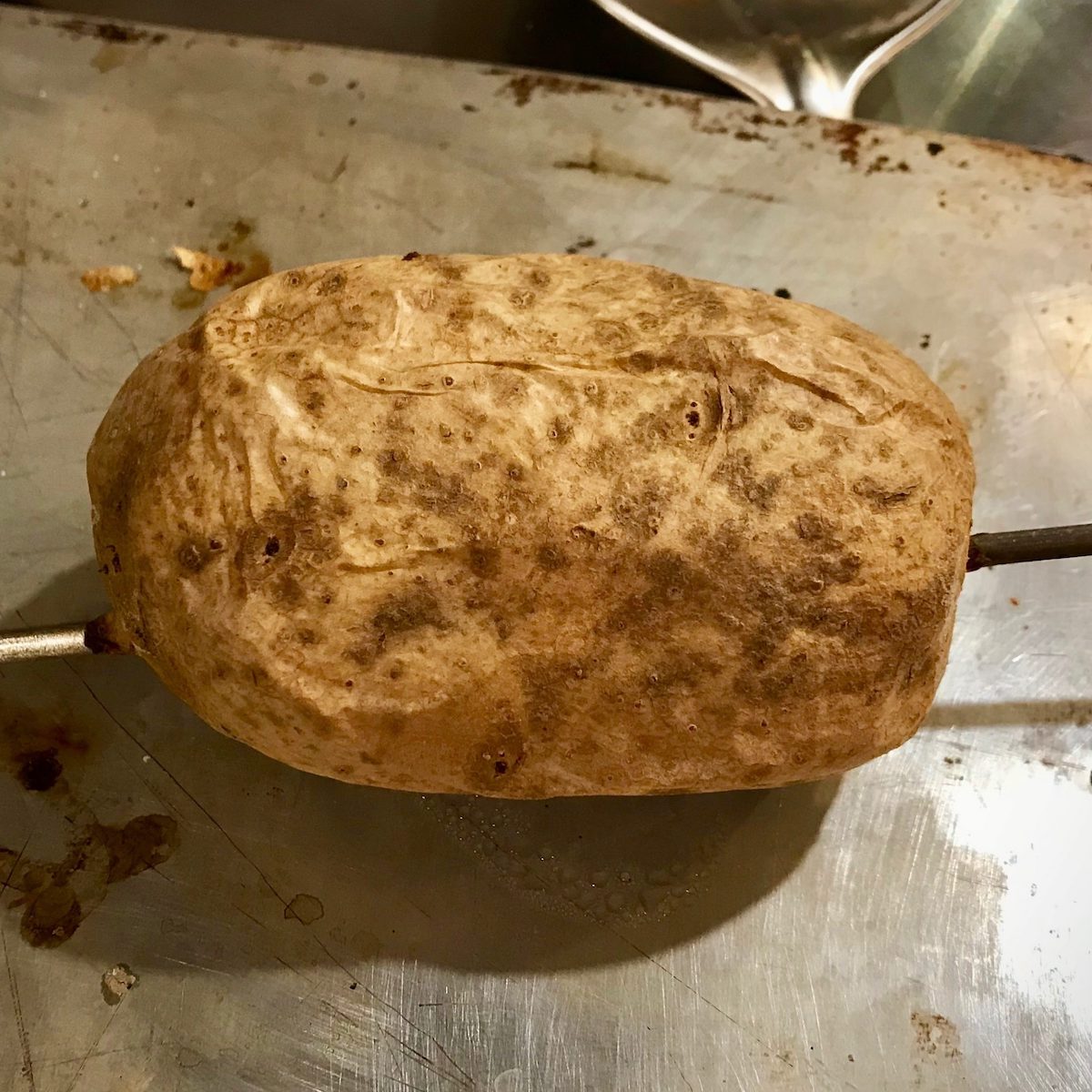
Baking the Potatoes
Before you turn on your oven, arrange your oven racks as follows. Place one rack in the center of the oven and one rack below it.
Place an empty sheet pan or cookie sheet on the lower rack to catch any drippings from the potatoes that will cook directly on the rack above, without a pan. Putting the potatoes in a pan will form a hard spot on the bottom, which we do not want.
Preheat your oven to 325° F. Once heated, carefully place the potatoes on the center rack above the sheet pan and close the door.
An average Russet potato for baking will weigh about 8 ounces and cook in about one hour and 30 minutes. Carefully turn your potatoes with a pair of tongs once during the cooking time to prevent over-browning where they touch the racks.
To test for doneness, you can lightly squeeze the potato. It should be soft. The ultimate and best test for doneness is to insert an instant-read thermometer into the potato and look for an internal temperature of 210° F.
If you increase the temperature, you will cook the potato faster and have drier skin. You may also have a drier potato, so I recommend a temperature of 325° F.
We like to stick a metal skewer through the middle of the potato before baking. As the metal heats up, it helps cook the center of the potato so the outside doesn’t overcook while the inside needs more time. Optional.
Once the potato is perfectly baked, you can open it by taking a fork and poking it into the top in a straight line from one end to the other and gently pinching in each end towards the center. This will expose the fluffy white interior of the potato.
Now comes the fun part…dressing your potato.
Potato Toppings
Topping | Description |
| Butter | Classic choice — melts into the potato for rich flavor. |
| Sour cream | Adds cool, creamy tang to balance the fluffy potato. |
| Shredded cheese | Cheddar, Monterey Jack, Gruyère — melts for gooey richness. |
| Bacon bits | Crispy and savory — adds crunch and saltiness. |
| Chives or green onions | Fresh, mild onion flavor brightens the dish. |
| Steamed broccoli | Adds color, nutrition, and pairs well with cheese sauce. |
| Chili | Hearty option — turns baked potatoes into a full meal. |
| Pulled pork | Savory and satisfying with barbecue sauce. |
| Sauteed mushrooms | Earthy, umami-rich topping for depth of flavor. |
| Salsa | Adds fresh, zesty brightness with a bit of heat. |
| Guacamole | Creamy and flavorful — great with Tex-Mex flavors. |
| Black beans & corn | Adds texture, protein, and color. |
| Caramelized onions | Sweet and savory — deepens flavor. |
| Crumbled feta | Tangy and salty contrast to creamy potato. |
| Roasted vegetables | Adds color, texture, and nutrients. |

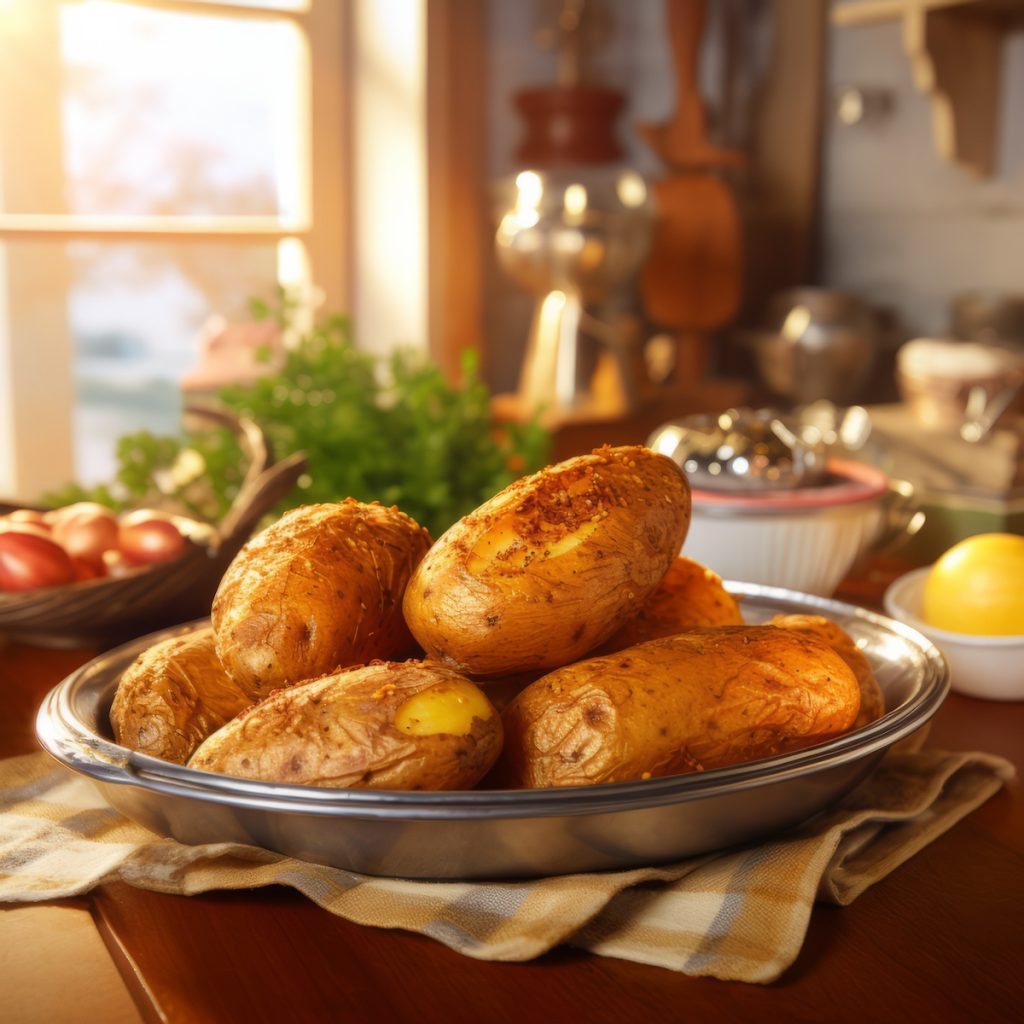
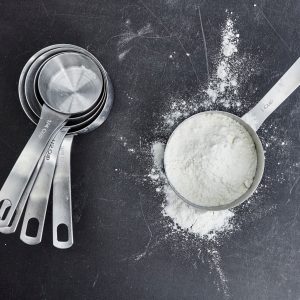
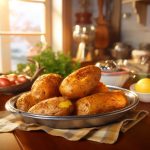
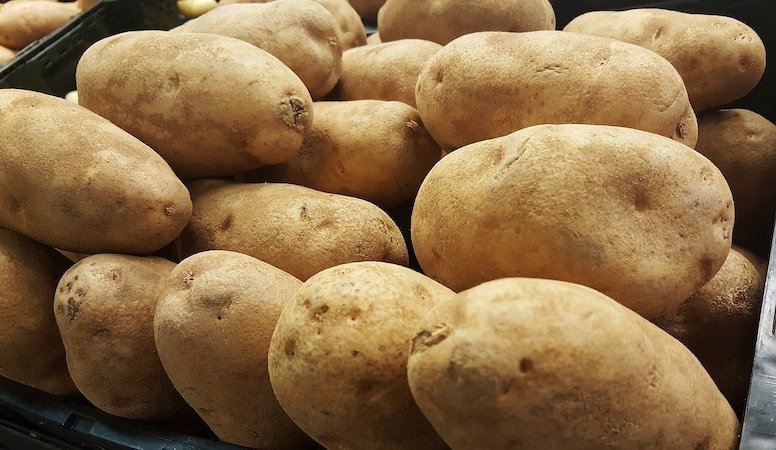
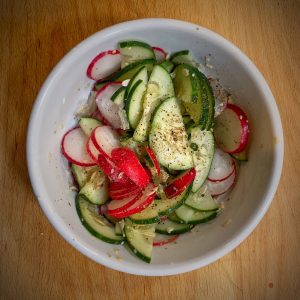
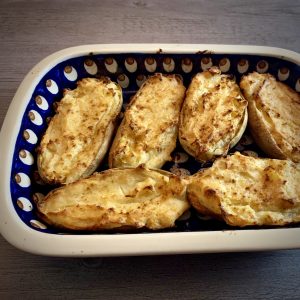
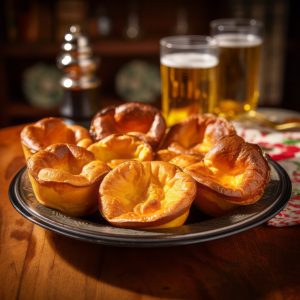
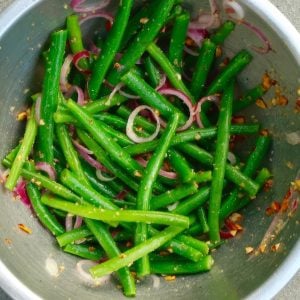
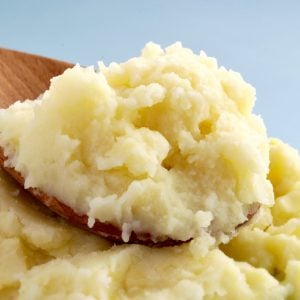
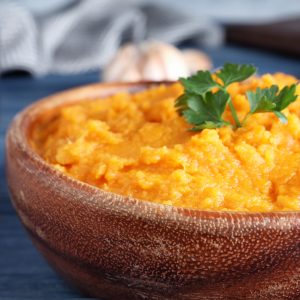
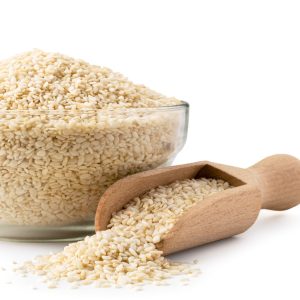


One Response
Russet potatoes grown commercially or in home gardens in Minnesota are as good as Idaho. Am sure this true for many states as long as stored properly.